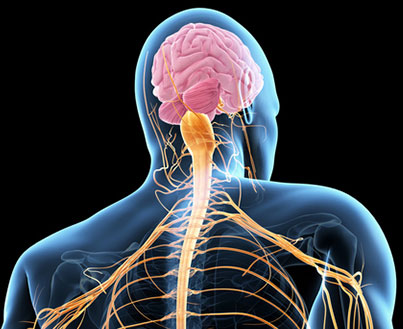California Neurodegenerative Disease Registry (CNDR): Amyotrophic Lateral Sclerosis (ALS)
 Starting on July 1, 2023, Health and Safety Code Section 103871 requires hospital, facility, physician and surgeon, and other health care providers to report to California Department of Public Health (CDPH) each case of a neurodegenerative disease that was designated as reportable by CDPH. However, in light of needed initial onboarding to the reporting systems and corresponding logistics, CDPH will be flexible with the reporting due dates for the first reporting period and will assist providers with the process.
Starting on July 1, 2023, Health and Safety Code Section 103871 requires hospital, facility, physician and surgeon, and other health care providers to report to California Department of Public Health (CDPH) each case of a neurodegenerative disease that was designated as reportable by CDPH. However, in light of needed initial onboarding to the reporting systems and corresponding logistics, CDPH will be flexible with the reporting due dates for the first reporting period and will assist providers with the process.
All Hospitals, facilities, physicians and surgeons, or other health care providers diagnosing or providing treatment for a patient with a neurodegenerative disease such as Amyotrophic lateral sclerosis (ALS) must review the CNDR Neurodegenerative Disease Guide to Reporting (PDF).*
ALS, also known as Lou Gehrig’s Disease, is a rare neurological disease that affects motor neurons—those nerve cells in the brain and spinal cord that control voluntary muscle movement. Voluntary muscles are those we choose to move to produce movements like chewing, walking, and talking. The disease is progressive, meaning the symptoms get worse over time. ALS has no cure and there is no effective treatment to reverse its progression.
ALS is a type of motor neuron disease. As motor neurons degenerate and die, they stop sending messages to the muscles, which causes the muscles to weaken, start to twitch (fasciculations), and waste away (atrophy). Eventually, the brain loses its ability to initiate and control voluntary movements.
Early symptoms include:
Muscle twitches in the arm, leg, shoulder, or tongue
Muscle cramps
Tight and stiff muscles (spasticity)
Muscle weakness affecting an arm, a leg, the neck, or diaphragm
Slurred and nasal speech
Difficulty chewing or swallowing
As the disease progresses, muscle weakness and atrophy spread to other parts of your body. You may develop problems with:
People with ALS eventually will not be able to stand or walk, get in or out of bed on their own, or use their hands and arms
Chewing food and swallowing (dysphagia)
Speaking or forming words (dysarthria)
Breathing (dyspnea); individuals with ALS eventually lose the ability to breathe on their own and must depend on a ventilator
Maintaining weight and malnourishment
Muscle cramps and neuropathy (nerve damage or disease)
Anxiety and depression, because people with ALS usually remain able to reason, remember, understand, and are aware of their progressive loss of function
Although not as common, people with ALS may also:
ALS doesn’t affect your ability to taste, touch, or smell, or hear. Most people with ALS die from respiratory failure, usually within three to five years from when the symptoms first appear. However, about 10 percent of people with ALS survive for a decade or more.**
*CNDR Neurodegenerative Disease Guide to Reporting (PDF)
**Amyotrophic Lateral Sclerosis (ALS). (n.d.). National Institute of Neurological Disorders and Stroke.